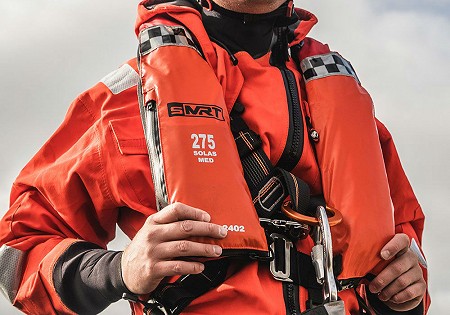What Are The Features of a PFD.
People who spend time in or near water, whether for recreation or work, are required to wear a life jacket or PFD. These life jackets are intended to keep people safe in the event that they capsize or fall off their boat. These jackets must have a few characteristics in order to function properly.
Buoyancy
Buoyancy is the amount of weight that a person's body adds to the amount of water that he or she displaces. If a person weighs 100 pounds and expels 50 gallons of water, his or her buoyancy is 50. If a person falls overboard, a life jacket should provide enough buoyancy to keep him or her afloat.
Flotation
The amount of air in a person's body is measured as flotation. If a person weighs 150 pounds and has 10% of his/her body submerged in water, his/her flotation is 15. A life jacket should have enough flotation to keep a person afloat even if he or she is completely submerged.
Stability
The ability of a person's body to resist movement is referred to as stability. When wearing a life jacket, a person should not be able to move around easily. A life jacket should be stable enough to keep a person from moving while being tossed around in the water.
Attachment
The degree to which a person's body is securely attached to the life jacket is referred to as attachment. If a person is wearing a life jacket, he should not be able to easily slip out of it. The attachment on a life jacket should be strong enough to keep a person firmly in place.
Durability
Durability refers to how long a life jacket can be used before becoming damaged. A life jacket should be able to withstand the elements for at least three years.
Flexibility
The flexibility of a life jacket refers to how well it conforms to a person's body. If a person wears the same type of life jacket repeatedly, it should be comfortable each time. A life jacket should also be flexible enough to allow a person to bend and stretch comfortably.
Contact Us
Find Us
Marine Rescue Technologies Limited
Wescom Group,
Unit J1, Springfield Way,
Anlaby, HU10 6RJ


